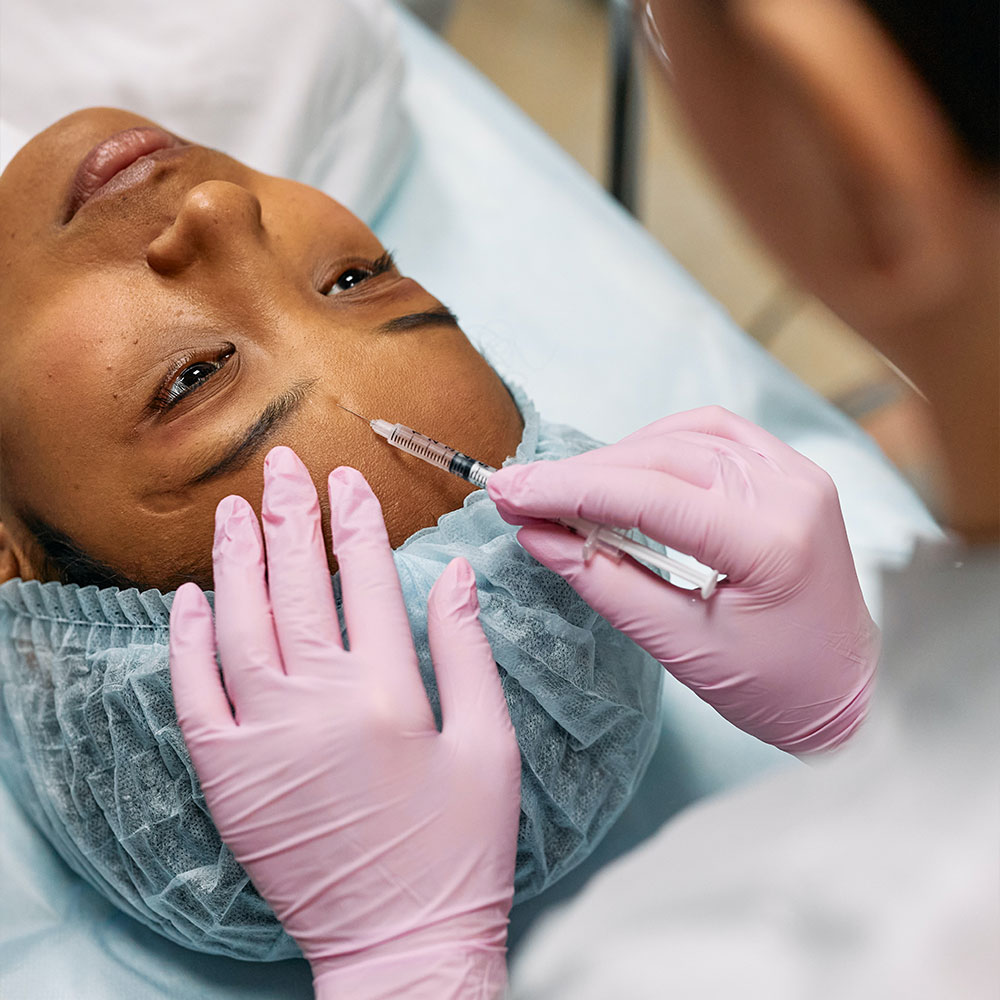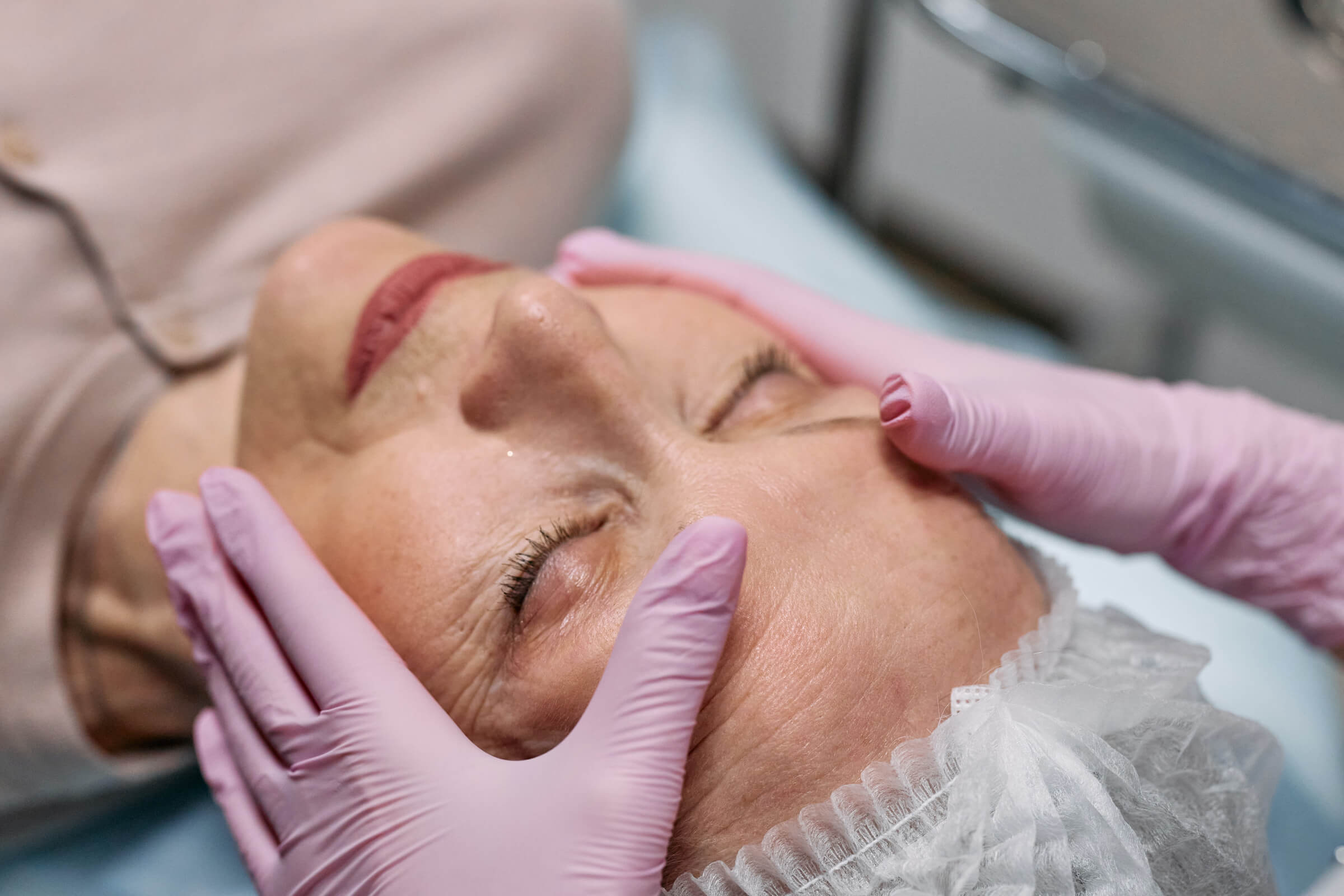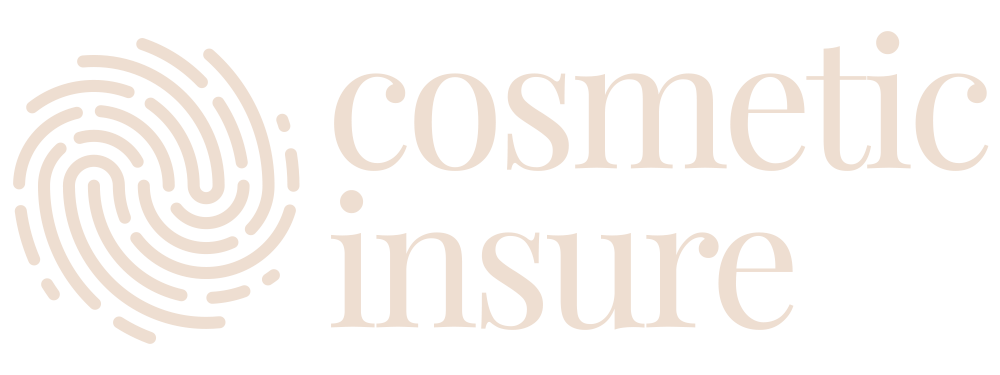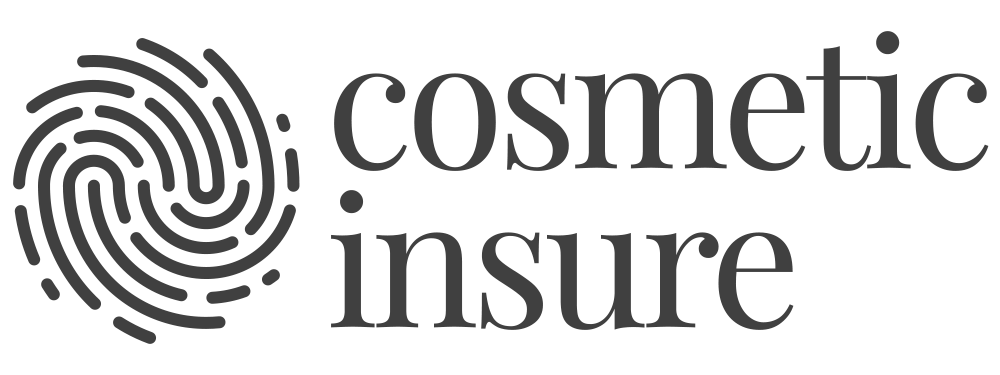RESOURCE
A Deep Dive into Training Standards and Oversight in Aesthetic Medicine
In recent years, the UK aesthetic sector has seen rapid growth – yet statutory regulation has struggled to keep pace. This mismatch between market demand and regulatory safeguards creates risk not only for patients but also for the clinicians and clinic owners navigating this complex space.
In this article, we explore the evolving landscape of training, oversight, and risk management in aesthetic medicine – with insights from the team at MedAesthetic Academy and the insurance specialists at Cosmetic Insure.
A Fragmented Landscape: Where We Stand Now
Despite its medical nature, aesthetic medicine remains largely unregulated in the UK. Non-surgical procedures such as botulinum toxin injections, dermal fillers, and chemical peels can be performed by individuals without a medical background – and in many cases, without formal training. This legal vacuum means there is no minimum standard for qualifications, supervision, or premises oversight across much of the industry.
While some local authorities have implemented licensing requirements for premises, there is no consistent national framework for practitioner registration, clinical governance, or continuing professional development (CPD). As a result, standards of care vary dramatically – and patients often assume a level of safety and regulation that does not yet exist.
This regulatory ambiguity puts the onus squarely on individual practitioners and clinic owners to self-regulate. Without a compulsory register or national licensing scheme, the only way to ensure best practice is to voluntarily pursue high-quality training, establish internal governance systems, and seek appropriate indemnity cover.
Towards Safer Standards: Anticipating Regulatory Change
Although statutory regulation is currently limited, change is on the horizon. The Health and Care Act 2022 includes provisions for a future licensing scheme for non-surgical cosmetic procedures in England. When introduced, this scheme is expected to define who can perform certain treatments, what training is required, and what standards must be met for patient safety.
While exact implementation timelines are yet to be confirmed, reputable organisations are already working to shape the expected standards. Clinics that align with these frameworks now will be better prepared for future compliance and patient expectations.
Why Accreditation and Structured Training Matter
In the absence of statutory oversight, accredited training has become a proxy for safety, competence, and professionalism. Accreditation signals that a course meets established standards for curriculum design, clinical safety, ethics, and assessment. For medical professionals entering aesthetics, it also reassures patients, insurers, and employers that their qualifications are evidence-based and peer-reviewed.
Structured programmes, such as those offered by MedAesthetic Academy, typically go beyond technical injection skills to include critical components such as anatomy, consent, record-keeping, complications management, and clinical reasoning. These programmes also increasingly incorporate real-world mentoring and hands-on practice, which are vital for building confidence and reducing clinical risk.
By contrast, short or informal courses often lack rigour, ongoing support, or adequate assessment. Without adequate supervision, practitioners may enter clinical practice underprepared – which can result in serious complications such as vascular occlusions, filler migration, or persistent swelling. Such events not only endanger patients, but also jeopardise practitioner reputations and businesses.
Legal and Insurance Considerations: The Cost of Inadequate Training
From a legal and risk management perspective, hiring or contracting under qualified practitioners exposes clinic owners to serious liabilities. If a patient is harmed due to poor technique, inadequate knowledge, or lack of informed consent, the clinic may bear responsibility – especially if appropriate checks weren’t carried out during recruitment.
While not all insurers require formal accreditation, most will assess the practitioner’s professional title, qualifications, and the relevance of their training to the treatments they intend to provide. At Cosmetic Insure, for example, underwriting decisions are based on the individual’s registration (e.g. GMC, NMC, GPhC) and confirmation that they’ve received recognised training in the procedures they perform.
Importantly, insurance alone does not guarantee protection if training standards are questionable. If a claim arises and the practitioner cannot demonstrate competence, cover may be compromised. Clinic owners must therefore ensure that their teams are properly qualified, appropriately supervised, and engaged in ongoing professional development.
What Good Training Looks Like in 2025
The definition of “competency” in aesthetic medicine has evolved significantly. Today, it’s not just about technique – it’s about clinical reasoning, ethics, emergency management, business awareness, and communication. A gold-standard training pathway typically includes:
- A foundation in anatomy, pharmacology, and treatment rationale
- Supervised practical sessions with real models
- Complication management and escalation protocols
- Mentoring in live clinical settings
- CPD accreditation and post-course support
- Emphasis on patient-centred care and documentation
MedAesthetic Academy, among other providers, incorporates these elements into its training structure, helping medical professionals transition into aesthetics safely and ethically. Their approach blends academic understanding with hands-on skill-building, ensuring that graduates are prepared not just for today’s expectations – but also for the regulatory landscape that lies ahead.
Futureproofing Your Clinic Through Governance and Culture
With increasing scrutiny on aesthetic practice, many clinics are beginning to adopt stronger clinical governance frameworks. This includes regular audits, robust consent processes, staff training records, incident reporting systems, and structured policies. Such systems not only protect patients – they also create a safer, more resilient business.
Ultimately, the clinics that will thrive in the coming years are those that move beyond compliance towards excellence – embedding safety, education, and ethics at every level of practice. Practitioners and clinic owners who prioritise quality training, clinical governance, and ethical care will not only reduce risk – they will lead the way in professionalising aesthetic medicine.



Share This Story, Choose Your Platform!





Cosmetic Insure Disclaimer
All the information provided in our Cosmetic Insure Treatment Guides and blog articles serves as a valuable reference and informational resource. Our intention is to offer insights that assist you in making informed choices when exploring the extensive array of non-surgical aesthetic treatments available.
Please note that this information does not constitute medical advice. Any reliance you place on the content found within the Cosmetic Insure Treatment Guides, Cosmetic Insure blog articles, or on any part of cosmeticinsure.com is done so entirely at your own discretion.
Prior to considering any non-surgical cosmetic treatment mentioned anywhere on cosmeticinsure.com, we strongly recommend that you engage in thorough consultation with a duly qualified and accredited practitioner who possesses the proper training and comprehensive insurance coverage for the specific treatment you are interested in. Neither the author of the guides or blog articles, nor the practitioner who has verified these guides, nor Cosmetic Insure, can be held responsible or liable for any loss or claims resulting from the use or misuse of cosmeticinsure.com’s content. Your safety and well-being are our utmost concern.


